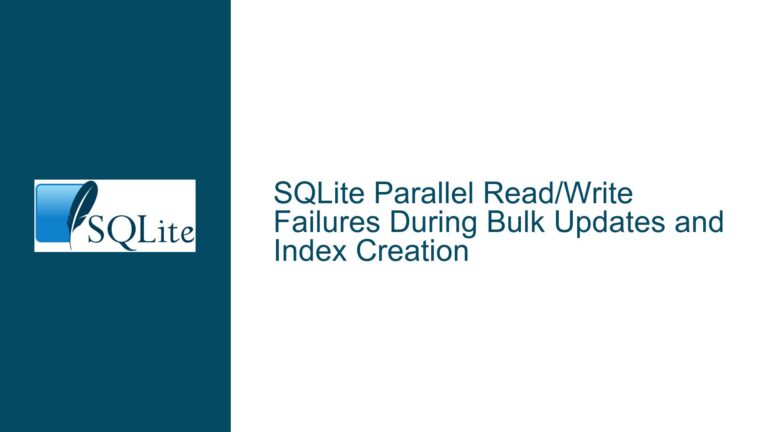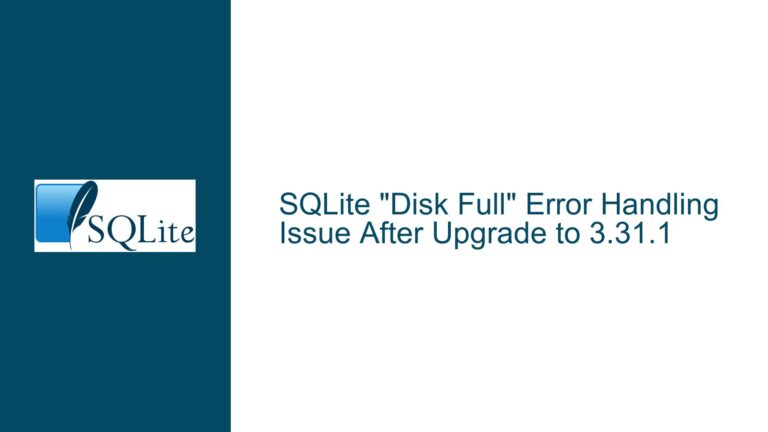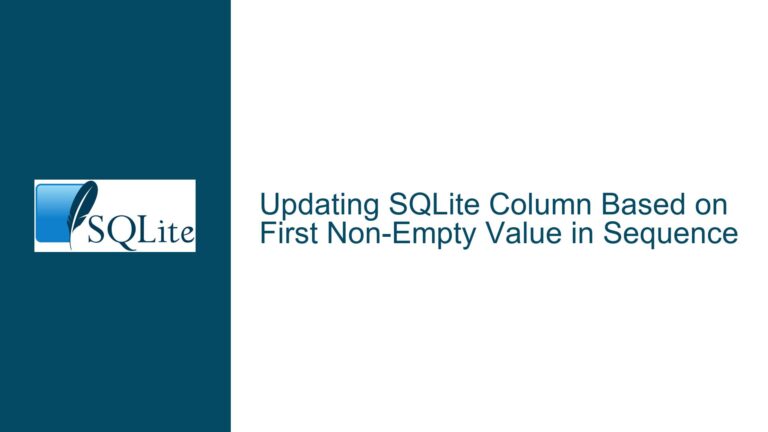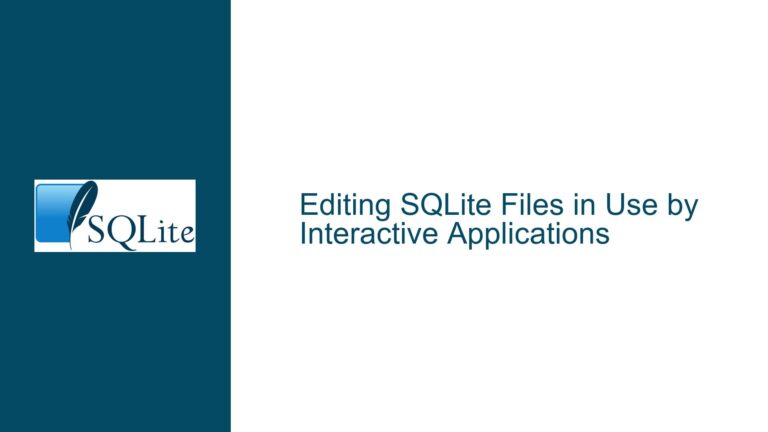SQLite Parallel Read/Write Failures During Bulk Updates and Index Creation
Parallel Read Failures During Bulk Updates with Separate Threads In scenarios where an application employs multiple threads to interact with an SQLite database—one for bulk updates and another for critical read operations—read failures can occur despite using separate database handles and the SQLITE_THREADSAFE=2 compilation option. The expectation is that read operations should succeed consistently, especially…









